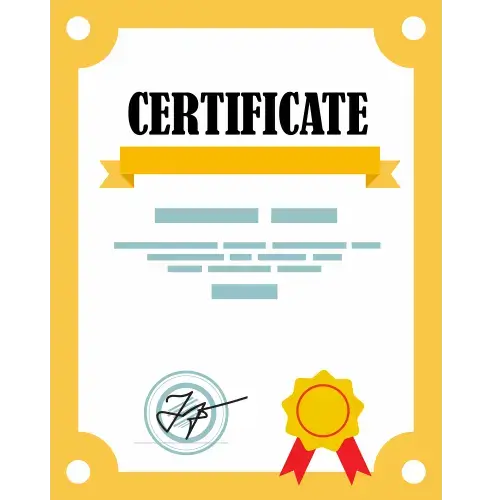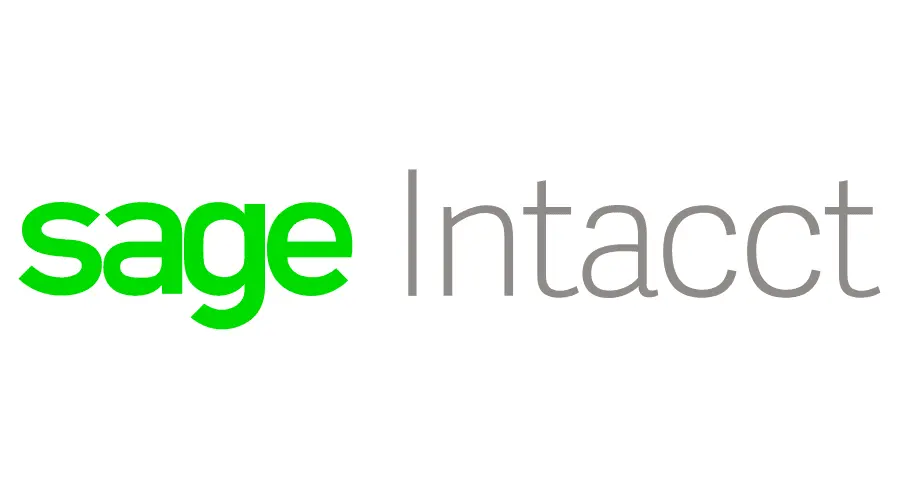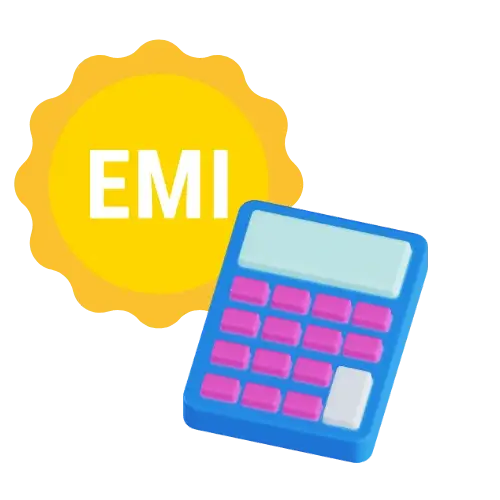Easy filing of tax return with 1041 tax software
What is IRS form 1041?
Filing of tax return – IRS Form 1041 is an income tax return filed by a decedent’s estate or livelihood trust after their loss. It’s comparable to a comeback that an individual or trade would file form. It information income, capital gains, deduction, and wounds, but it’s subject to rather different rules than those that are valid to living individuals.
Lands can earn income from the interest of savings that haven’t yet been transferred in the direction of the beneficiary, or from salary earned but not yet conventional by the deceased. This must all be reported to the IRS.
What Is IRS Form 1041?
An estate can owe a tax preparer on the estate, a tax on income, or both. IRS Form 1041 records only an estate’s earned income from the time of the death of the deceased until the estate closes. Deductions and capital losses will offset the revenue. Income obtained before the death date of the deceased is recorded on the final tax return of the deceased, a separate document that must also be submitted by the execution of the estate.
What is Easy filing of tax returns with 1041 tax software ?
If you’d like to file your duty on your own, tax software and tax professionals are priceless resource. It can help you get ready and file your go back from start to finish, from the soothe of your own home. Employment taxes .
Best of all, tax software doesn’t need any previous knowledge in taxes or secretarial. It is specially intended for the average taxpayer to use. Below, we’ll dive deeper into what a tax software program is and how it is used.
Easy filing of tax return with 1041 tax software
Why choose 1041 income tax?
- The trust wants to file a comeback if it has a gross income of $600 or more throughout the trust tax year or there is a nonresident alien recipient or if there is any chargeable income. A land wants to file a return if it has a disgusting income of $600 or there is a nonresident alien recipient.
- The 1041 reports income retained by the trust or estate, as well as the profits dispersed to beneficiaries, but income taxes are only salaried by the trust or estate if the distributions are necessary. Unless, the trust text specifies or else, capital gains and wounded stay with the trust since they are part of the quantity.
- For example, presume you’re a trustee, and the terms of the trust require all dividend income from a store collection must be dispersed evenly among the beneficiary. You have to report all bonus income on the 1041, and you account the share of bonus income for each recipient on Schedule K-1s. You must supply a copy of each K-1 to the suitable beneficiary, and fasten all copies to Form 1041 when you file the go back with the internal income Service.





















 Company incorporation
Company incorporation














































